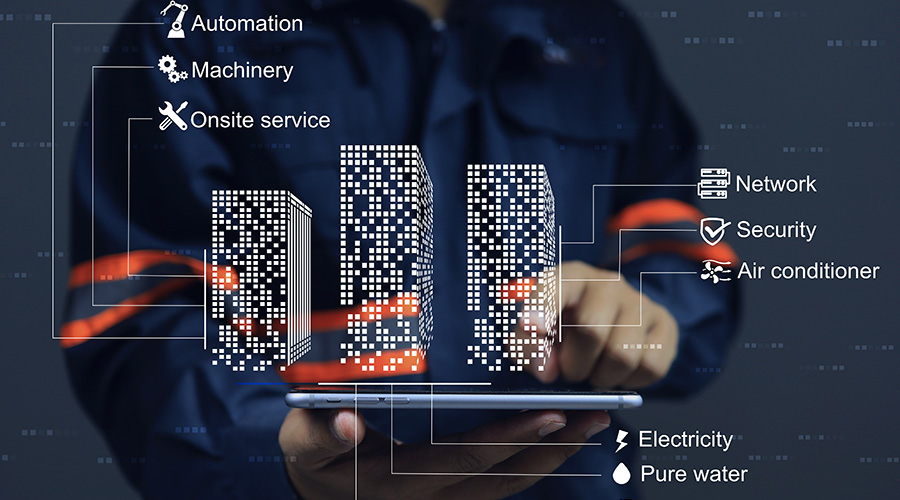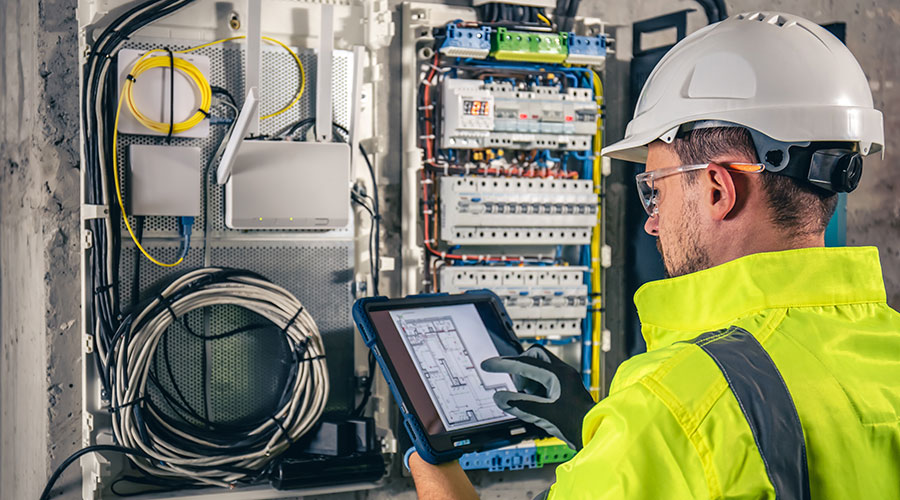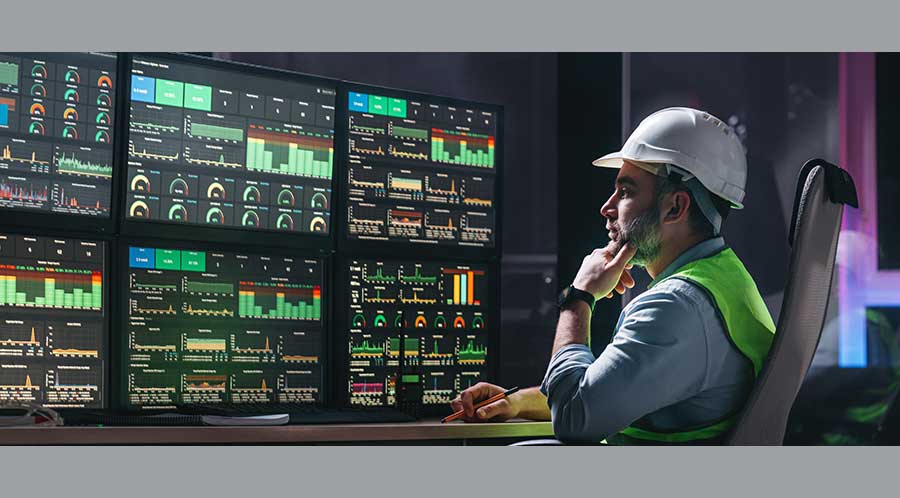CMMS Helps Organize, Manage MRO Storerooms
In any facility, the storeroom for maintenance, repair and operations (MRO) plays a crucial role. Parts must be on hand, in the correct quantities, and easily located to increase maintenance effectiveness, manage costs, complete timely repairs, and keep unnecessary equipment downtime to an absolute minimum.
To achieve these goals, the storeroom needs standard operating procedures that govern all aspects of MRO parts purchasing. These procedures act as rails to keep the train of purchasing best practices on track.
When practiced diligently, they guide daily storeroom activities and ensure the parts room has all the attributes of a retail operation: clean, organized, and well stocked. Managers also must ensure the purchasing function dovetails with operations of the MRO storeroom.
Although ordering, stocking and using replacement parts and equipment is an essential process of business, many companies have no standards in place for purchasing maintenance parts. One major problem with this lack of a coherent strategy is costs skyrocket — something no organization can afford.
Build a Foundation
For the MRO purchasing function to be efficient and effective for ordering parts, standard storeroom elements must be in place to provide the essential groundwork. That foundation includes the following elements:
• An effective computerized maintenance management system (CMMS). The software has an inventory module with bar-code capability to handle and process all MRO-parts tracking functions. The department needs to populate the module with data that is complete and up to date. Managers can prevent unscheduled equipment downtime with practices such as maintenance planning, predictive and preventive maintenance scheduling, reliability-centered maintenance, and total productive maintenance — all of which rely on an effective CMMS.
• A clean, well-organized storeroom. An MRO-parts storeroom should be clean, organized, labeled, well stocked, and well run, where there is a place for everything and everything is in its place.
• Restricted access. Managers know parts in the storeroom keep facilities equipment operational and productive. Well-maintained machinery that operates up to and beyond its life cycle results in greater profits. Storeroom security ensures parts required for maintenance are available when needed.
• Parts accountability. No technician should be able to simply walk in and out with items they need. Storeroom operators must account for and track every part that comes into and goes out of the storeroom.
• A trained operator, clerk or attendant. The operator takes ownership of the storeroom the same way owners of small hardware stores do with their businesses. The operator manages all aspects of storeroom operations and communicates well with the purchasing and maintenance departments.
Related Topics:












